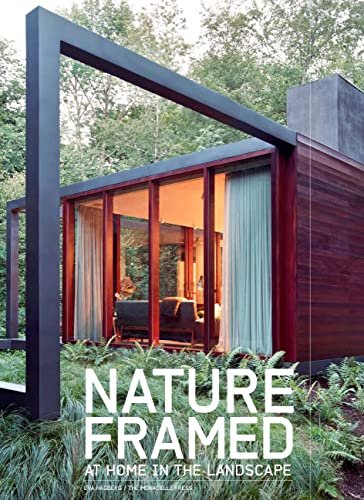#315 - EVA HAGBERG, Design Historian and Media Strategist
SUMMARY
This week David and Marina are joined by design historian and media strategist Eva Hagberg to discuss the importance of publicists in the architecture industry; her transition into journalism after architecture school; the role of media and its relationship with architecture; her new book When Eero Met His Match; and more. Enjoy!
ABOUT EVA
“ I WRITE BOOKS.
My hybrid biography of Aline Louchheim Saarinen and account of my time working as a secret high-end publicist is now out from Princeton University Press. Advance praise says WHEN EERO MET HIS MATCH is a “thorough and original investigation,” “quick,” and “brilliant.” My debut memoir, HOW TO BE LOVED, was published by Houghton Mifflin Harcourt to overwhelming critical acclaim and called “dazzling,” “stunning,” and “searing, compassionate, and unexpectedly funny.” I have also published two architecture books with Monacelli Press, DARK NOSTALGIA and NATURE FRAMED.
I SPEAK FROM THE HEART AND FROM THE HEAD
I speak with organizations about topics including the role of friendship, the relationship between public space and emotions, experience with and recovery from serious illness, and post-traumatic growth. I am also an in-demand moderator for panels on topics including activism, architecture, friendship, post-pandemic life, art, and more. My background as both a scholar and a memoirist have given me a grounded, researched, and emotive place from which to present.
I HELP WRITERS.
I work with memoirists, novelists, and scholars on developing and honing their craft; producing sellable proposals; and finishing long-in-the-works books.
I REPRESENT ARCHITECTS
I consult with a limited number of architecture and design firms on editorial and publication strategy.
I TEACH.
I’m an adjunct assistant professor at the Graduate School of Architecture, Planning, and Preservation at Columbia University. I have a PhD in Visual and Narrative Culture from UC Berkeley, and degrees in architecture from UC Berkeley and Princeton.
ABOVE ALL, I PAY ATTENTION.
The common thread to all of my work is a deep attunement to how the world is, and to how it can be described. “
TIMESTAMPS
(00:00) Being a publicist.
(08:02) The differences between a publicist and journalist.
“I think even more than the introductions, which is really, really essential, [the publicist’s role] is really helping architects and designers to articulate and find like what is the propulsive narrative behind their project? What is driving them? I always ask that question. I say, “What was the moment where all hope was lost [in the project]? And then what was the moment where all hope was found again?” A lot of what I do also is that micro contextualizing, but also macro… and then I try to think about what are the things that you would need to say in every piece of press so that you are furthering this story or this narrative. So a lot of it is a long-term strategy.” (09:44)
(20:16) Eva’s background.
(29:04) Unique qualities of architecture studios.
“It was this un-attachment to ideas and lack of attachment to particularly your first idea being your best idea. There was a way in which I was taught to work things out in multiple media. It was great, but I learned that there is this really iterative relationship between an idea and the representation of an idea.” (30:42)
(41:20) Why architects need help as storytellers.
“To be really good at writing, you really have to either be [naturally] good at it, or practice it, or read a lot, or do things that a lot of architects don't have time or interest to do. So part of what I'm always trying to say is that writing is not the process of transcribing your thoughts. Writing is a very different arcane, complicated, infuriating, exhilarating process.” (44:58)
(55:46) The journey to becoming a publicist.
(01:01:02) Why architects need publicists.
“There's a lot of different business issues that architects have to think about. One is getting new work. One is hiring really good people. One is once you get the new work, is it going to be a really combative relationship with a client who doesn't really understand you or understand what architects do? Or is it going to be with an educated client? I think that publication can help with all those in a way. Do not expect the phone to ring the day The New York Times story comes out with five new client requests. But what you can expect is that in four or five years, you will continue getting published and when somebody gets referred to you or somebody finds you on Google and they see all your press and read it, it's going to maybe push them over the edge. So it's really incremental, but it is sort of like validation or confirmation.” (01:01:59)
(01:24:33) Defining ‘fame' in the age of the internet.
(01:31:07) The importance of narratives.
(01:40:14) How publications can help architects think about projects from different perspectives.
(01:46:56) The challenges of working for architects.

















